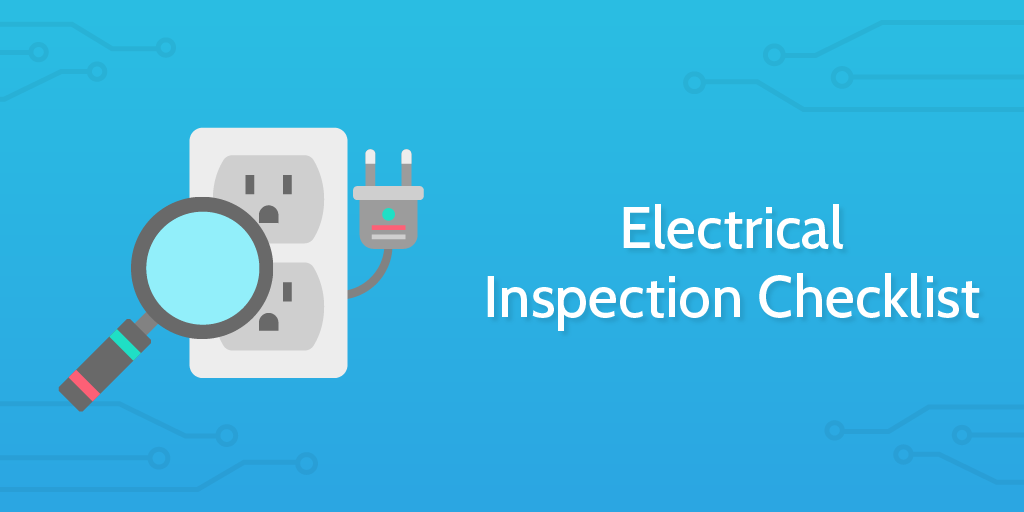This electrical inspection checklist is geared toward inspectors who are looking to visit residential properties to perform an assessment.
There are two sections to this checklist. The first covers the basic inspector safety checks which must be performed to guarantee the safety and security of the inspector. The second takes a general requirements approach to residential inspection.
In the safety checklist, all data is taken from NFPA 70E, Standard for Electrical Safety in the Workplace, 2012.
Each task which follows in the residential overview checklist will reference the specific NEC code to which it adheres.
Our goal with this checklist is to create an actionable way to follow the correct procedures of industry standard inspections which can fit easily and fluidly within the modern workflow, making the process easier and more effective than before.
You can edit this checklist to add further tasks and steps to expand the functionality of this checklist to suit your specific use cases and needs.
If you have added this checklist to your Process Street account, you will see the overview tab available. Every time you run the checklist, the data for that checklist will be saved as a row on this spreadsheet.
If you need to present the results of multiple inspections, you can export this spreadsheet with each checklist saved as a row to a CSV file. Through this method, all records and reporting of inspections are automatically saved.
Try the electrical inspection now and see how it can improve your inspection processes.
Check out this video below for an example of final residential electrical checks from the Portland Bureau of Development Services.


